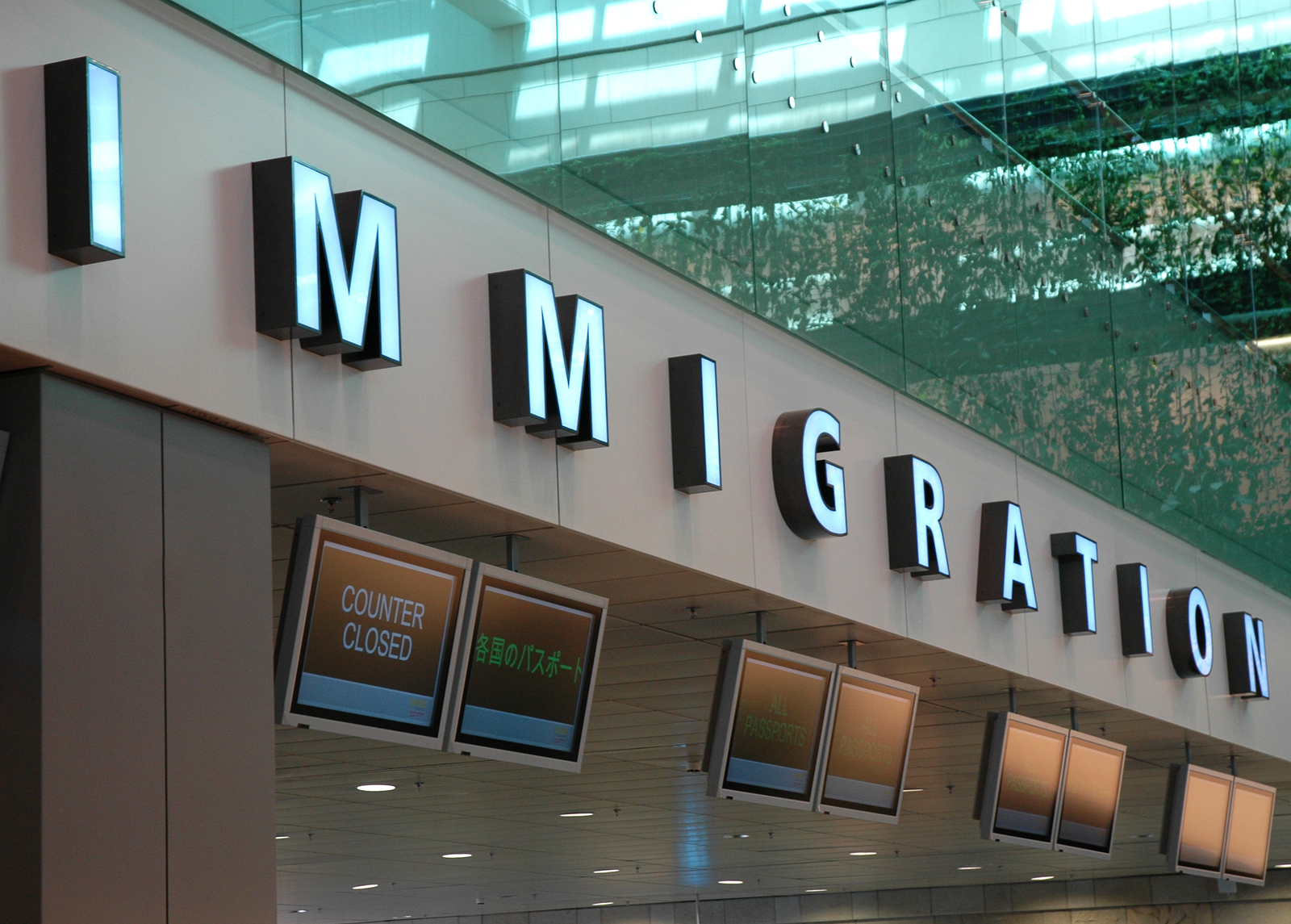
In what would be the biggest immigration change in more than two decades once it comes into effect, the Australian government has asked the Department of Home Affairs for advice on how to reduce the number of visa categories from 99 to 10. Currently there are 22 working and skilled visas available, and 22 family and spousal visas. Identifying which subclass will be suit an applicant’s requirement is complex and public consultation
last year resulted in a clear desire to have a visa system that is easy to navigate. However, concern has been raised by migration agents about narrowing the categories down to ten visa subclasses and fear that the Department’s intention for increased use of self-service will result in a greater number of people attempting to navigate visa applications by themselves, leading to an increase in refusals and appeals.
Concerns have also been raised by unions about the decision of the Federal Government to outsource some aspects of visa application services to the private sector. The Department currently processes eight million applications per year, a figure which is expected to rise to 13 million by 2023, and claims the current system needs modernising through the use of the latest digital technology.
An outsourcing trial is due to happen in Tasmania where Department of Home Affairs staff currently process short-term visas as their primary role. The Department of Home Affairs states that it will continue to have responsibility for decision-making on visas but character assessment, identity and data collection is expected to be outsourced. Opponents say that when a similar change was implemented in the UK it resulted in increased costs and a decrease in transparency and accountability.
Furthermore there are concerns over a potential shift to provisional visas which would not allow recipients to access welfare payments and services that are available to permanent residents. The Department argues that provisional residence could enhance the integrity of the visa system and ease the burden on taxpayers.
The number of visa sub-classes has already been reduced as per the Migration Legislation Amendment in 2016 which saw, among changes to other categories, student visas subclasses reduce from eight to just two. There have also been reforms to the 457 skilled visa program which have been a previously outlined on the HealthStaff Recruitment blog.
The Department of Home Affairs is still in the stages of requesting information on the delivery of visa services for Australia. Consequently there is as yet no set date for the Immigration Reform to come into effect and no impact on existing visa applicants or holders.
